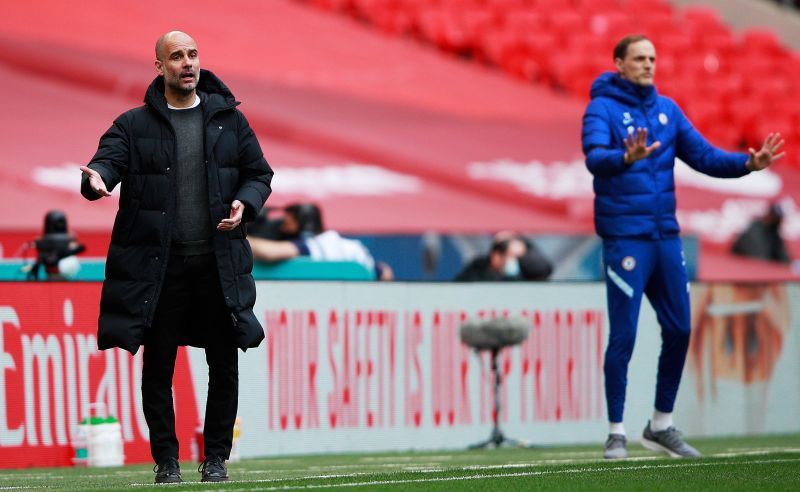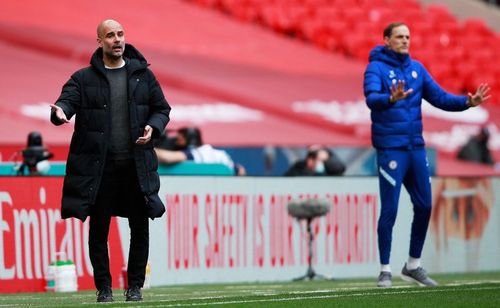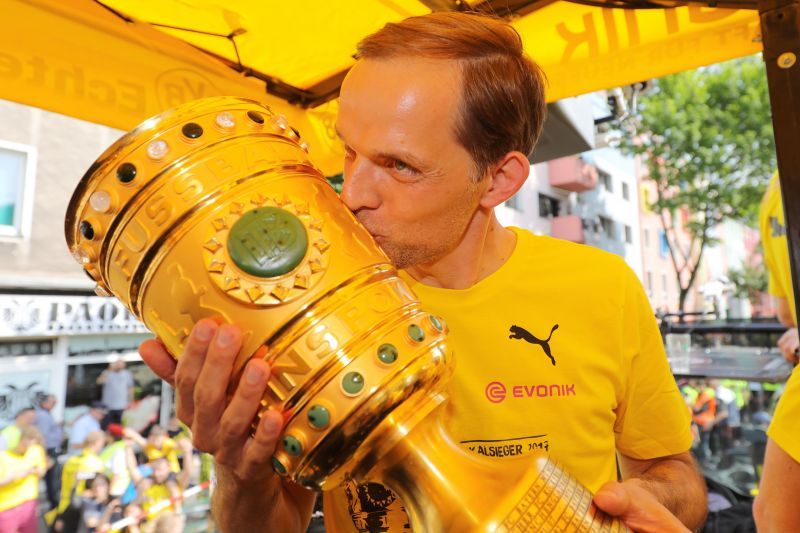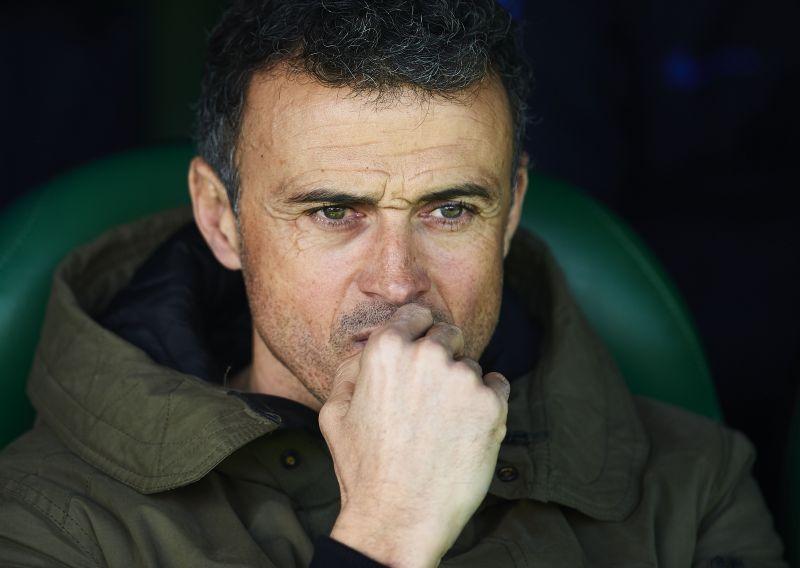
5 interesting managerial tactics of the last decade

The 2010s were the most dynamic and refreshing tactical era in European football. It featured Jose Mourinho's modern catenaccio system with Inter Milan in 2009-10 and Pep Guardiola's beautiful Barcelona of 2010-2012, for starters (both those examples stood at two ends of the philosophical spectrum and are hence excluded from this list). Tactical trends have evolved and elevated technical ability.
With that in mind, we look at five teams and their coaches who came up with refreshing tactics during the 2010s.
#5 Thomas Tuchel | Borussia Dortmund

German football philosophy is responsible for the modern high-pressing and counterattacking game. Jurgen Klopp’s approach is focused on doubling up on a ball carrier and pouncing the opponent. Meanwhile, Thomas Tuchel’s idea was a combination of tactics - Spanish position play and German precision in organization.
The zenith of Tuchel’s ability as a coach came in the Champions League final against mentor Pep Guardiola last season, playing a fluid attacking 3-4-3. The genesis of Tuchel’s use of the tactic started at Borussia Dortmund, where he experimented with a lopsided 3-1-4-2 structure, admittedly to mixed success.
He used the breakneck speed of Pierre-Emerick Aubemeyang and Ousmane Dembele as out-and-out attackers. The 3-1-4-2 attack (which morphed into 3-2-4-1) relied on tactically-aligned player positions in the “half spaces”. Julian Weigl acted as playmaker and Ilkay Gundogan or Shinji Kagawa as aggressive number eights.
Of specific interest is the use of Gonzalo Castro and Dembele as wingbacks. Dembele, in particular, was an extremely aggressive option (like Callum Hudson-Odoi at Chelsea) to pin an opposing team fullback down.
Dortmund lined-up on paper as a 3-1-4-2, but due to the asymmetry of their midfield, spent more time in a 3-2-4-1 shape, with Castro acting deeper and Dembele higher up. The likes of Marco Reus, Christian Pulisic and Henrikh Mkhitaryan were given free roles within their halfspaces. The tactic worked to overload such a space, with an onrushing wingback, wide midfielder and centreback.
#4 Luis Enrique | Barcelona

Luis Enrique’s Barcelona was a more direct and intuitively attacking team than Pep Guardiola’s vision of juego de posición (positional play), introducing a more vertical transitional play. Whilst he almost consistently favored a 4-3-3 formation like Pep, there were instances where Enrique chose an aggressive 3-4-3 diamond system which resembled Johan Cruyff’s idea of total football.
Using the 6-1 thrashing of Sporting Gijon and the remarkable comeback against PSG as a reference, in the three-on-the-back system, caution was thrown to the wind. Barcelona employed a new tactic. played with a midfield diamond of Lionel Messi and Sergio Busquets on each tip, with Sergi Roberto and Andres Iniesta flanking the latter. With essentially four in midfield, cover against nippy counterattacks was provided, as well as freeing up the wingers as out-and-out attackers.
The dilemma of trying to get the most out of the famous “MSN” trio, saw the mercurial Neymar Jr given a free wing role with the industrious Rafinha to compliment. Messi and Suarez would play in tandem with each other and occupy spaces between the lines by smart exchanges to release each other in free roles.
The system not only brought the best out of Messi’s playmaking ability but also patched over Barcelona’s defensive issues. The tactic allowed for a more compact defensive structure. This caused Barcelona to attack with an uncharacteristically frantic tempo. They would move the ball from centreback to winger and pin the opposition fullback - a necessary evolution of the increasingly stagnant passing play.